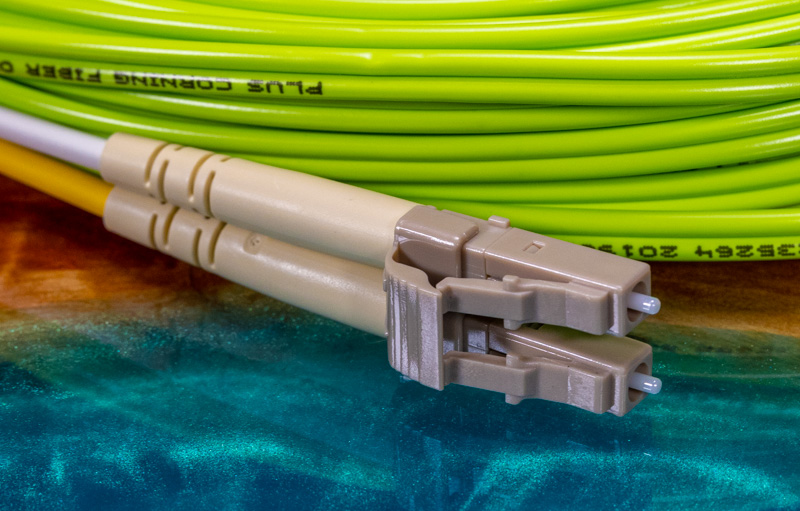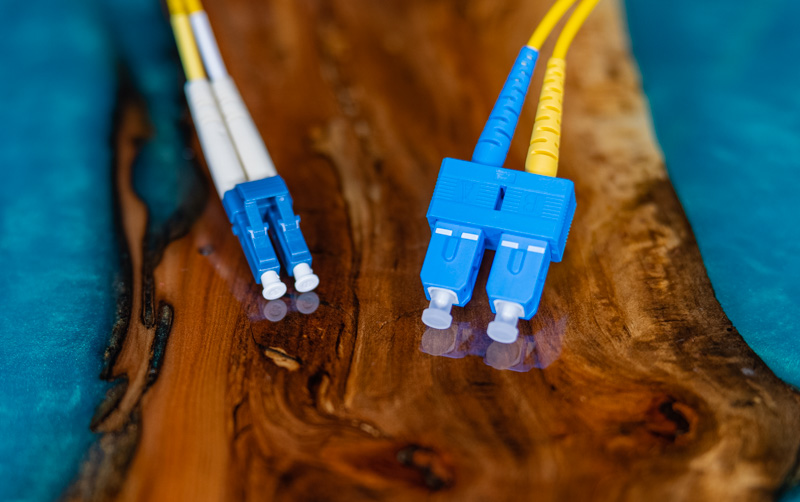I was reading something about QSW-308-1C, seems good to me.
The unmanaged little brother to the M408 series. If your ISP delivers over 1 Gbps to the home, with three client PCs you're already one 10G port short for the uplink.
And even a M408 would be one port short to bring in a 10G NAS.
I am trying to figure out everything that I need.

What do you think? (BTW this morning they are working and digging for the fiber cable, probably next month I will have It!)
Which leaves some time to think about it and check details.
Does the ISP really delivers 10 Gbps to one home? (mine doesn't)
Is there an option for an optical port in the home, or an alternate "modem" units with SFP+ ports? (Mine does… and even allows to bring your own equipment.)
1. Which Transceiver should i buy? I need one to go from RJ45 to SFP+ from 10gb LAN modem to SFP+ Switch port, and three to go from Fiber cable to Solarflare SFN5122F.
For RJ45, anything
like that
Our buyer's guide for SFP+ to 10Gbase-T adapters. We purchased nine popular models and tested their performance, power consumption, and Nbase-T support

www.servethehome.com
However, a switch with a 10G RJ45 port, or shared SFP+/RJ45 port as in the M408, is probably easier and cheaper.
For optical connections, you need
two modules per cable: One on each end, compatible with the device it is plugged in. (the QNAP or Mikrotik switches should be quite generic, same for Solarflare NICs but Cisco switches or Intel NICs may be vendor-locked.)
For the computer in room A, a
Direct Attach Cable may do (that's a
high quality copper cable, with non-removable SFP+ ends; short run only, but lowest cost and latency, and still lower power than RJ45 copper because everything is engineered to purpose).
2. This is the complicated question

I have doubts on which fiber cable do I need to use:
From the
extensive 10G resource here, the recommended BIF cable would be this:
Buy customised LC UPC to LC UPC Duplex 2.0mm OM4 Multimode Uniboot BIF Fibre Patch Lead from reliable fibre patch lead supplier-FS.COM!

www.fs.com
But I have to admit I'm a bit out of my depth here.
My setting is a lot simpler than yours:
ISP -> box, directly feeding the TV area because it's close
+
long RJ45 cable to my desk,
currently feeding into a QSW-M408-2C
10G NAS (RJ45 from SoC in Supermicro A2SDi-H-TF)
10G hacks with whatever Chelsio T520 SFP+ or RJ45 I fancy to put in at the moment
legacy 1G clients (old Mac mini, laser, Pi-hole) and TP-Link Powerline adapter ~~~
~~~ the rest of the house (backup NAS, secondary desk for homeworking during lockdowns…) gets wired networking from Powerline.
My "10G island" is just around a desk, so I get by with DAC and short Cat. 7 cables. There's SFP+ but no actual optical transmission, so I'm not fully up on the intricacies of
OM ratings,
SC/LC connectors,
UPC/APC terminations but OM4, LC and UPC seems to be the right combination for home.
Why is it duplex? Is it because it's too long or because 10Gb?
Ascending and descending links. Networking is best when it goes both ways

The OM4 BIF above has both fibres in the same sheath.
I can probably be able to fit even two of those cable (2 single one for sure, 2 duplex I don't know) in conduits, but without the connector, it is too big to fit I think .It should be removed and put it back after the cable is fully fit in conduits.
You need equipment costing thousands of euros—and the training to use it!—to terminate optical fibre in the field; the killer part is polishing the end. The sole alternative to passing through pre-terminated cables without damaging them is to hire a technician.





